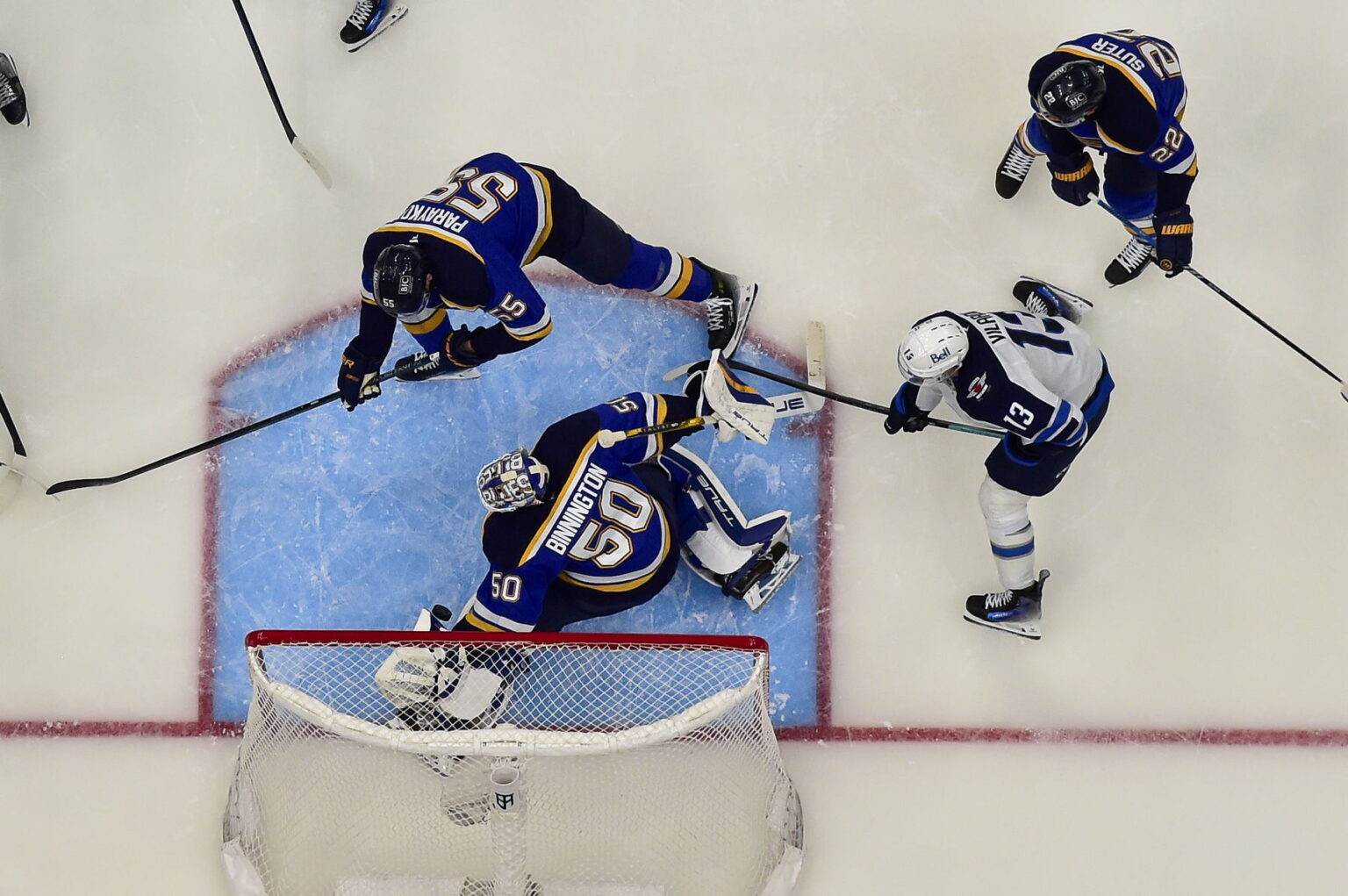By Zoe Pierce, The Hockey News intern
In a game of inches, getting video reviews correct has always been important in the NHL.
Allowing or disallowing a goal can change an entire period, game, or even a playoff series.
For some reviews, such as the referee deciding whether or not a major penalty called on the ice should stand, things can be more subjective.
What makes a five-minute boarding penalty called on the ice get modified to a two-minute boarding call? The referees make this decision on the ice, in consultation with the other on-ice officials, at their discretion based on the degree of violence and recklessness of the hit into the boards.
However, discretion can only go so far in a game where the position of a three-inch puck on the ice can make all the difference.
No matter how many camera angles or eyes watch a certain play, sometimes it’s almost impossible to conclusively determine what happened.
Either the puck fully crossed the line, or it didn’t. Either the player’s skate was onside, or it wasn’t. But can the human eye figure this out all the time?
Other sports, such as soccer, tennis and, most recently, football, have decided it’s not.
Over a decade ago, in 2013, the Premier League announced it would implement Hawk-Eye technology across all its soccer matches.
Hawk-Eye, which has been around since 2001, is a computer vision system that uses cameras to track a ball’s trajectory during play. Officials can use it to determine whether the ball has completely crossed the goal line. In soccer, this information is sent to the referee’s watch within a second to assist in making the correct call.
In tennis, Hawk-Eye has been used since 2002, also known as Electronic Line Calling.
The system uses six or more computer-linked television cameras positioned around the court to create 3D representations of the ball’s path. Chair umpires rely on this system to make accurate calls and only intervene if the technology malfunctions.
 Should The NHL Allow Video Review For Uncalled Headshots During A Game?Florida Panthers defenseman Aaron Ekblad was suspended for elbowing Brandon Hagel in the head, but he wasn’t penalized when he did it.
Should The NHL Allow Video Review For Uncalled Headshots During A Game?Florida Panthers defenseman Aaron Ekblad was suspended for elbowing Brandon Hagel in the head, but he wasn’t penalized when he did it.
The NHL does not use goal-line puck-tracking technology, but implementing it can save time and make the game smoother and more accurate.
For Cole Perfetti and the Winnipeg Jets, relying on the NHL’s current video-review system left a recent play up for debate, even after the NHL Situation Room in Toronto made the final decision.
In Game 3 of the first-round series between the Jets and the St. Louis Blues, Perfetti’s one-timer in the second period was caught by Blues goalie Jordan Binnington in what appeared to be an impressive glove save. However, Binnington’s glove was partially in the net when he made the catch, making it difficult to tell whether or not the puck had crossed the goal line.
The NHL Situation Room ruled that there was no conclusive evidence to overturn what was originally called a no-goal.
Jordan Binnington robs Perfetti with the glove… but did the puck cross the line? 👀
(via @espn) pic.twitter.com/DIygtBThoX
— BarDown (@BarDown) April 25, 2025
Jets winger David Gustafsson scored later in the third, leaving fans to wonder how the game might have shifted if Perfetti’s goal had counted, as Gustafsson’s goal would have made it 3-2 with momentum instead of 3-1 in what ultimately ended as a 7-2 loss for the Jets.
Another issue is the amount of time it can take for reviews to be conducted.
In the Jets game, it took over five minutes to make the decision on the Perfetti no-goal.
Swings of momentum are important in hockey. One moment, you’re buzzing on the power play. The next, your legs get stiff while you wait for the referees to decide the future of the game based on plays that come down to less than inches.
In January 2024, Edmonton Oilers superstar Connor McDavid voiced his frustration after an offside review that took nearly 15 minutes to determine whether a Zach Hyman goal was offside or not.
The play was eventually overturned, and although the Oilers came away with a 2-1 win, it highlighted a problem with the length of reviews and the difficulty of ensuring they’re correct.
In April 2025, the NFL announced it would adopt Sony’s Hawk-Eye virtual measurement technology, using 8K cameras positioned around the stadium to determine whether the football has crossed the line to gain. On-field officials, who traditionally make these calls while running up and down the field, will be used as backup.
While the NHL has implemented new technology over the years – such as NHL Edge, which provides new advanced statistics on things such as skating speed, skating distance, shot speed, shot location and zone time based on puck and player tracking – the league’s lack of goal-line and offside technology sticks out. It continues to be exposed on bigger stages come playoff time and will likely keep causing problems if the NHL doesn’t get with the times like other leagues have.
Get the
latest news and trending stories by following The Hockey News on Google News and by
subscribing to The Hockey News newsletter here. And share your thoughts by commenting below
the article on THN.com.
Read the full article here



